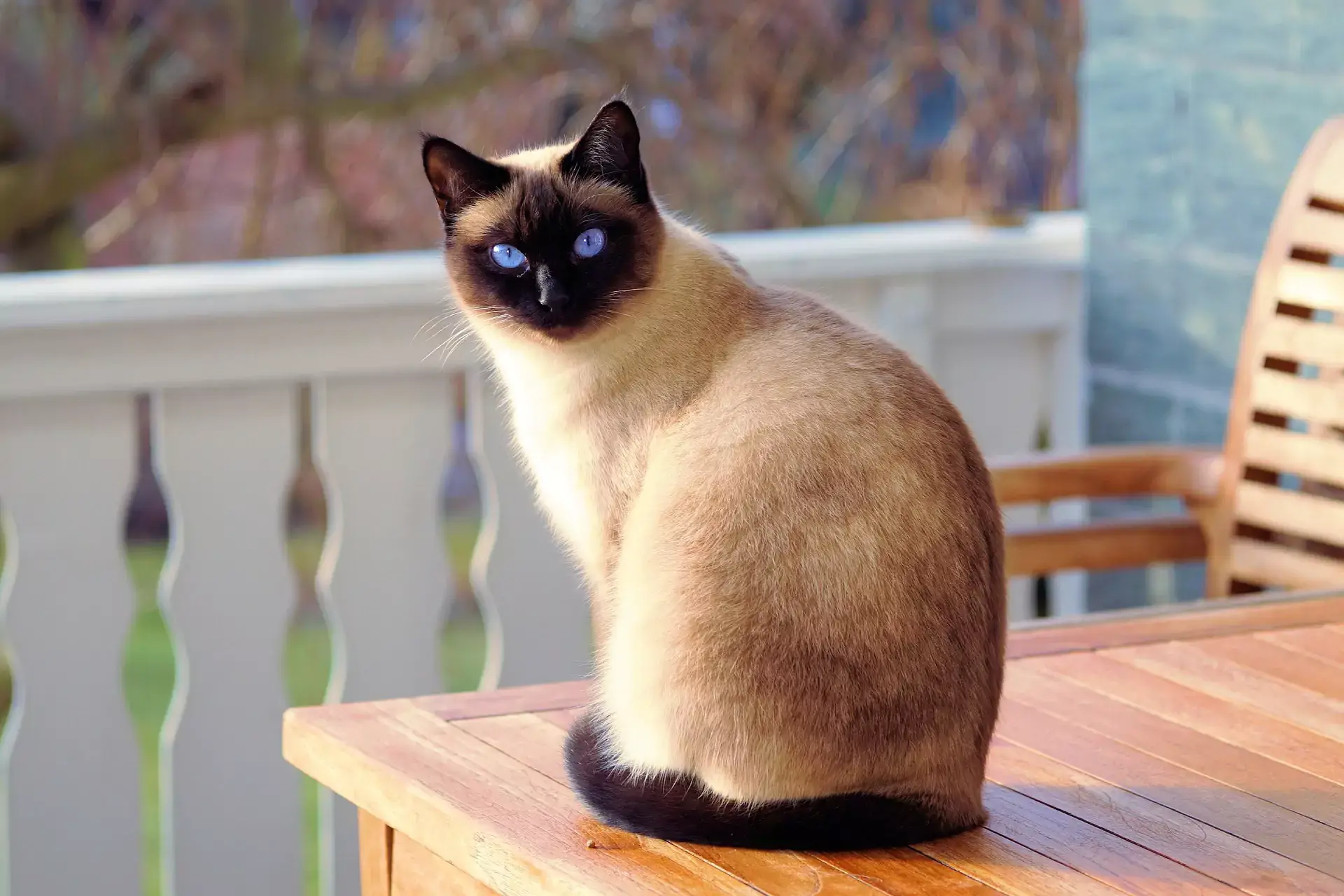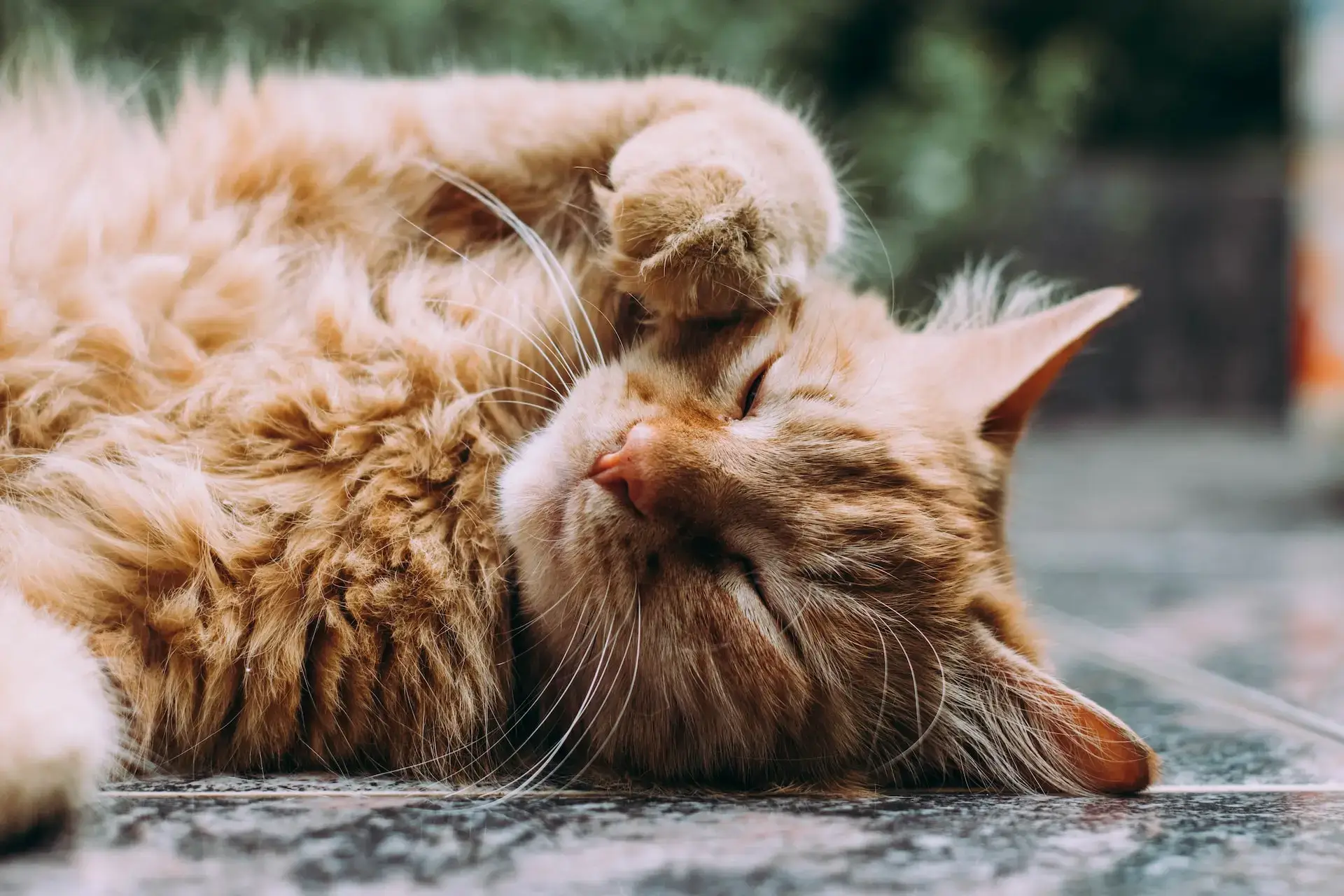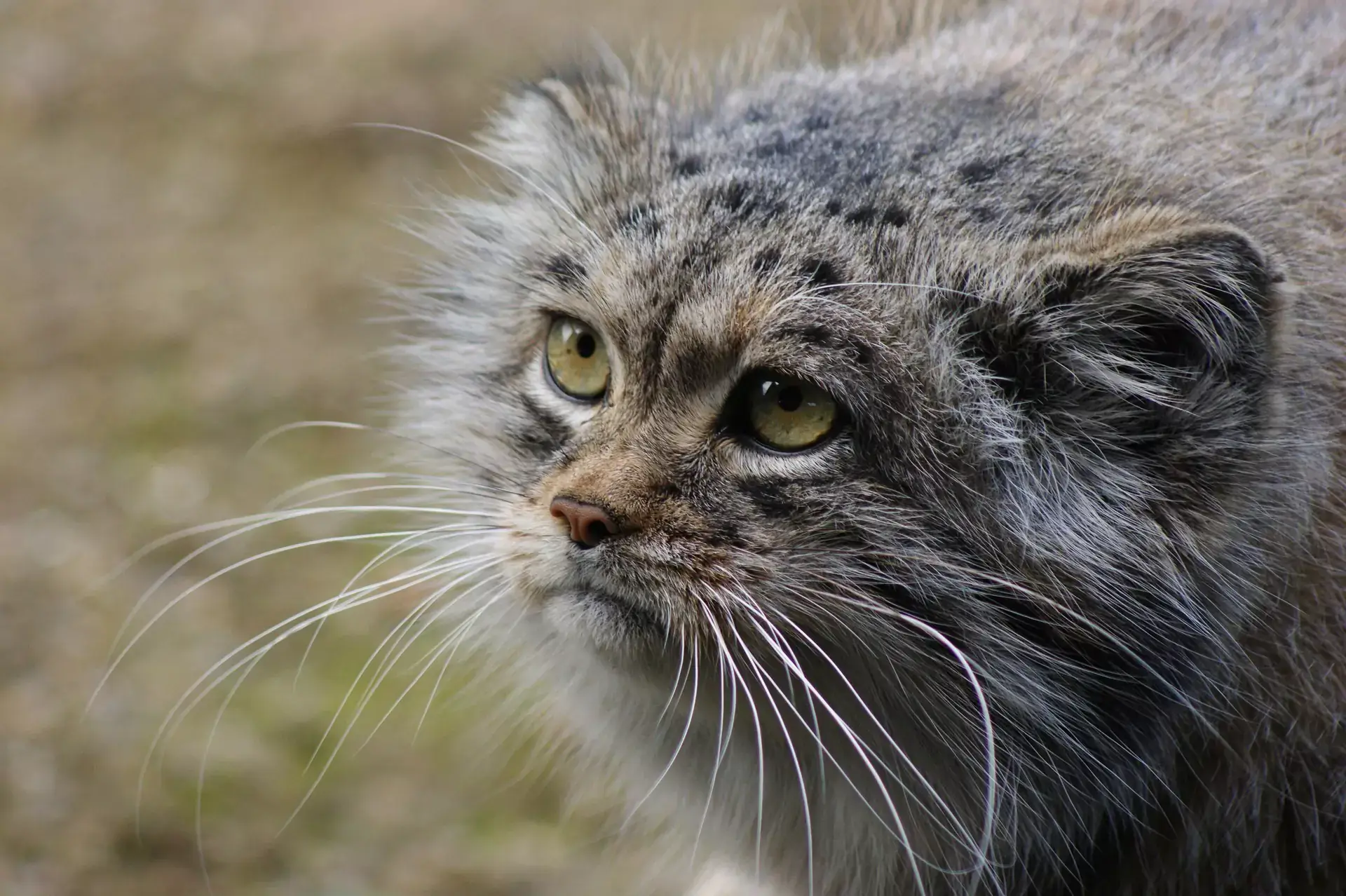Our feline buddies have strikingly beautiful eyes. Cats’ eyes can be many different colors, from green to orange to blue. Fluffy never has brown eyes, but her peepers can be copper, dichroic, or odd-colored. Of course, kitties are susceptible to many of the same types of eye problems as humans can develop. A local vet discusses some common ones in this article.
Common Issues
Pink eye, or conjunctivitis, is not uncommon in kitties. This can be caused by bacterial or fungal infections, viruses, scratches from other animals, or allergens. Cats are also susceptible to inflammation, glaucoma, and cataracts, which are common in older pets; keratitis, or corneal inflammation; and uveitis, which is an umbrella term for inflammation of the uvea, the colored part of the eye. Contact your vet immediately if you notice any of these. Many of these conditions are treatable, but they require prompt veterinary care.
Signs
Signs of kitty eye problems are usually visible to the naked eye. Excessive tearing is a definite red flag. You may notice excessive eye gunk, which may look green, white, or yellow. Fluffy may seem sensitive to light, and/or you may see her third eyelid. Her eyes and/or lids may also appear reddened, pink, or swollen, and she may blink or paw at her eye. Some issues, such as cataracts, may cause a milky or cloudy appearance. It’s also worth mentioning that eye problems can also lead to behavioral changes, such as withdrawal or crankiness. Contact your vet right away if you notice any of these things.
Preventing Problems
Although there’s no way to protect your furry pal from congenital issues, there are things you can do to prevent or at least reduce the risk of injury or infection. Just keeping an ‘eye’ on your feline pal will help a lot. Your kitty’s eyes should be clear and bright … at least when they are actually open. You also shouldn’t see your pet’s third eyelid, though you may spot it briefly if she blinks or opens her eyes. Keeping Fluffy inside will also help, as she won’t be exposed to hazards from pollen, other animals, contagious disease, and chemicals. Last but certainly not least, be sure to bring your furry buddy to the vet regularly for exams.
Do you have questions or concerns about your cat’s health or care? Call us, your animal clinic, anytime.



